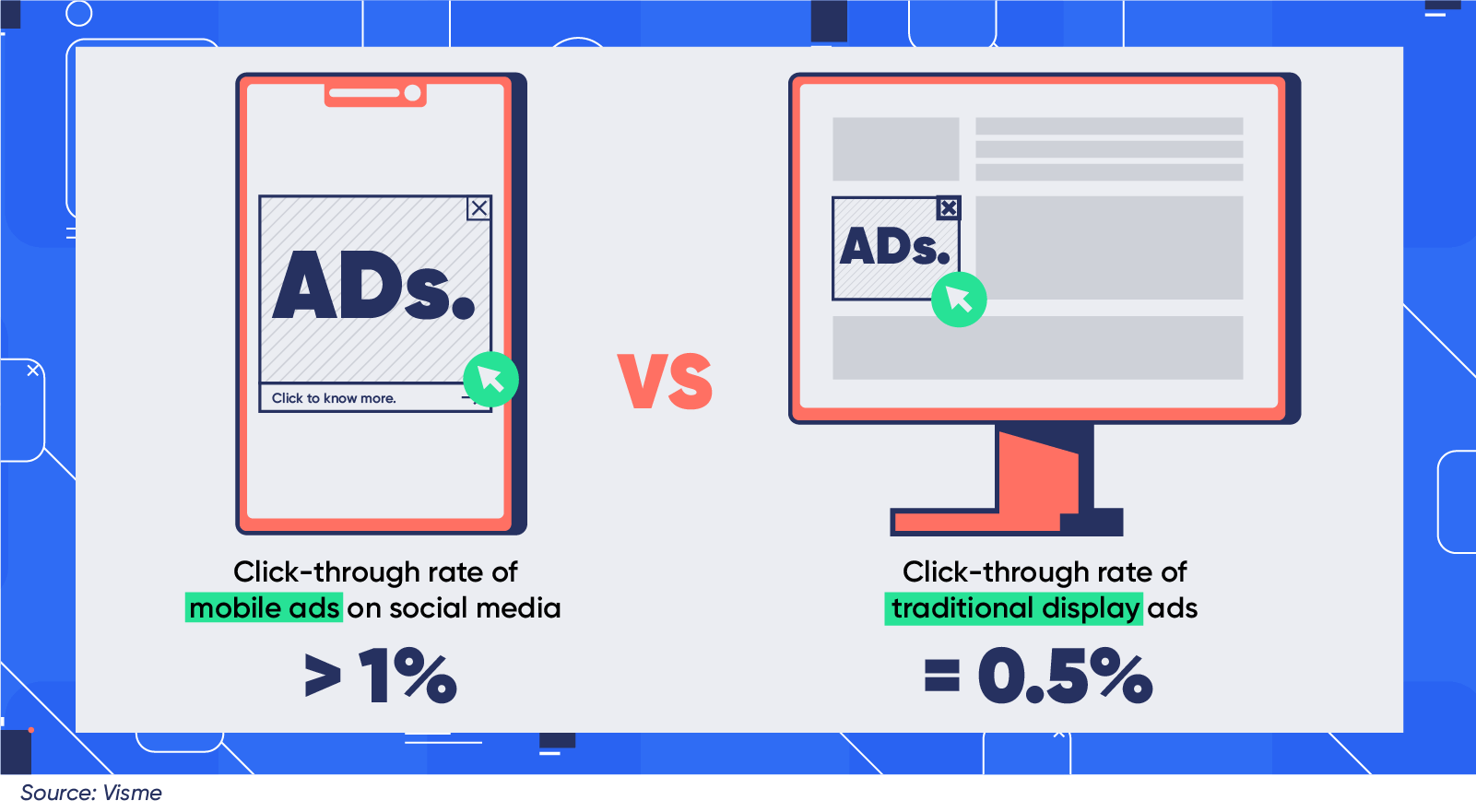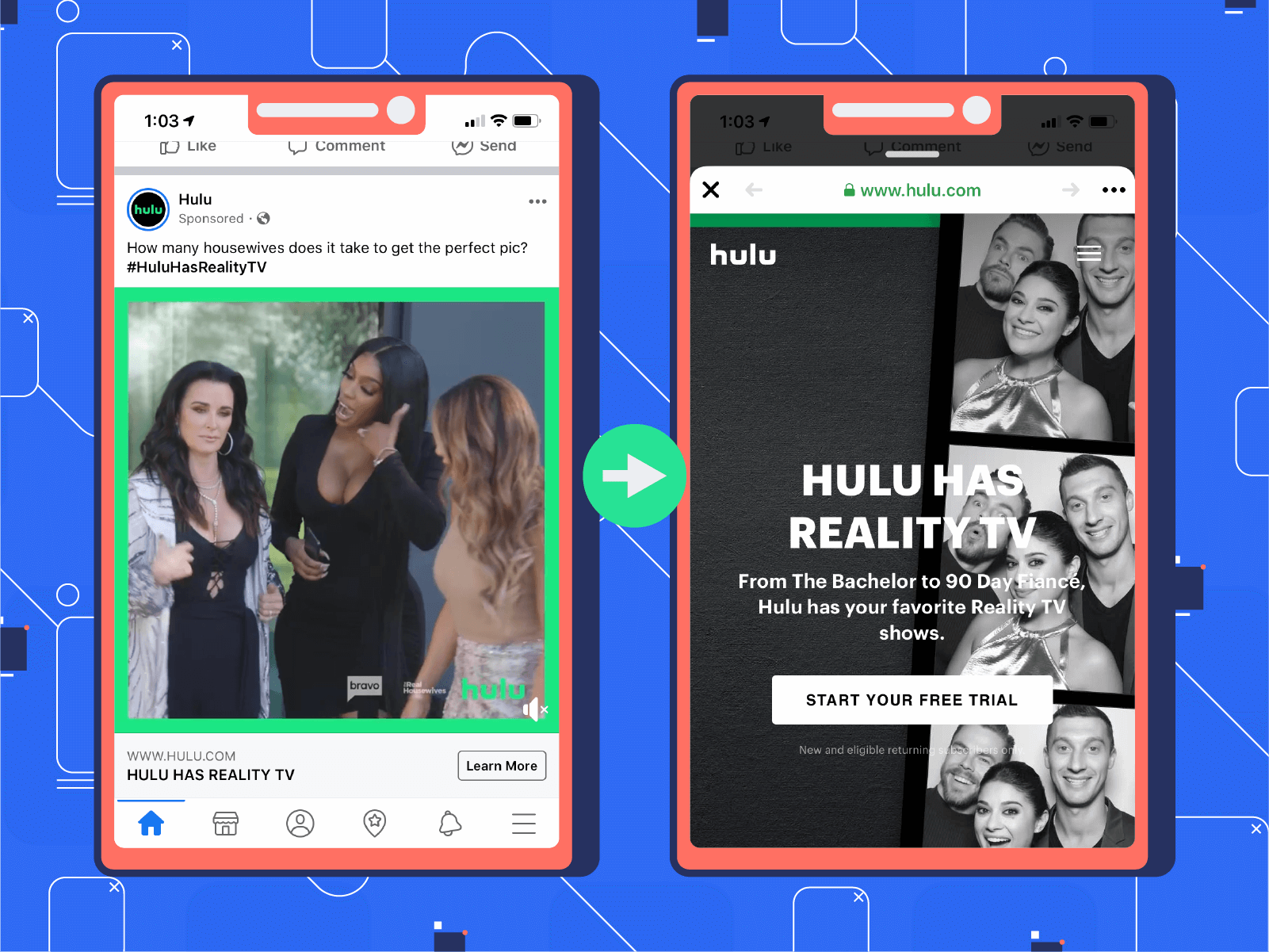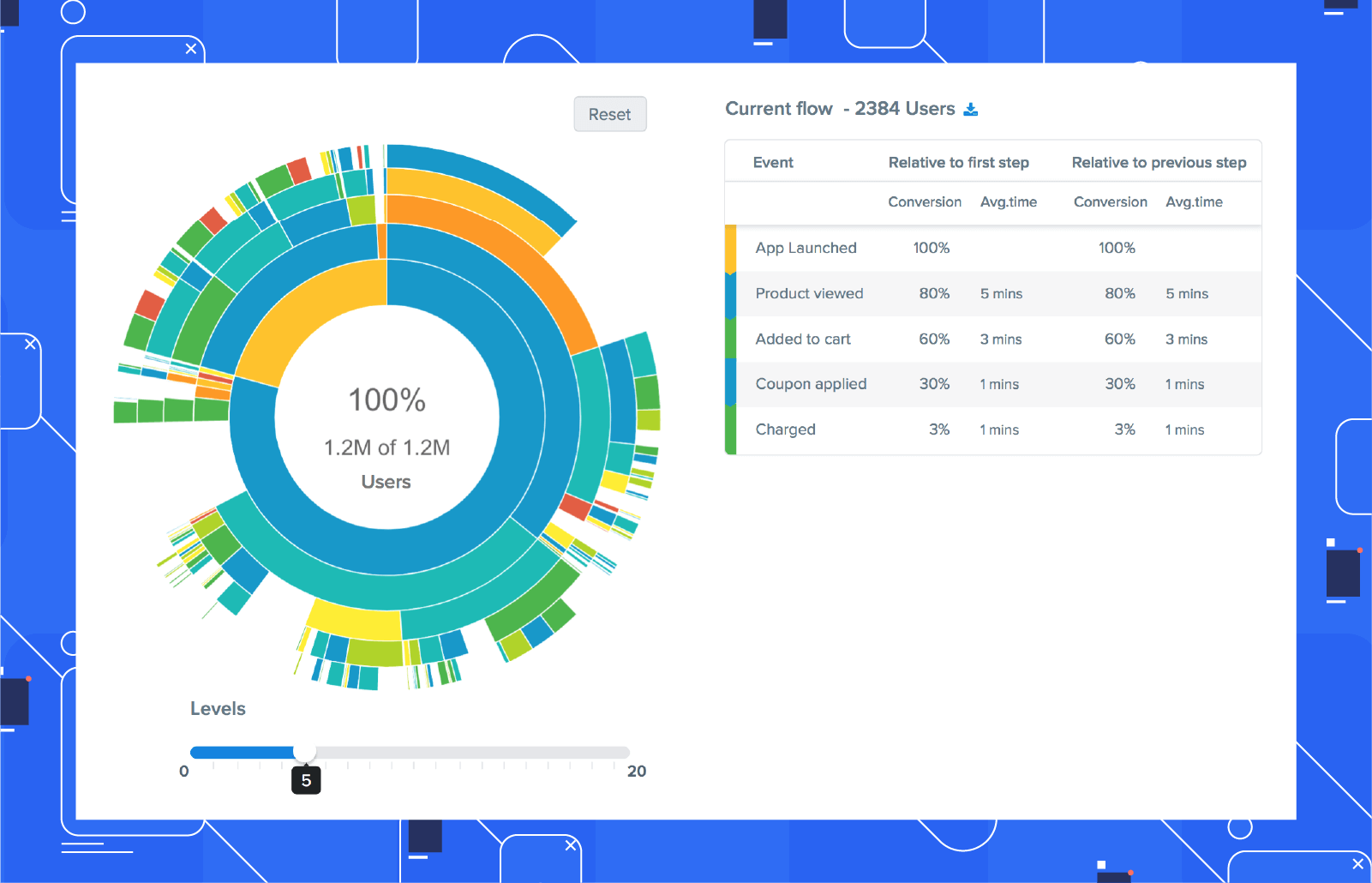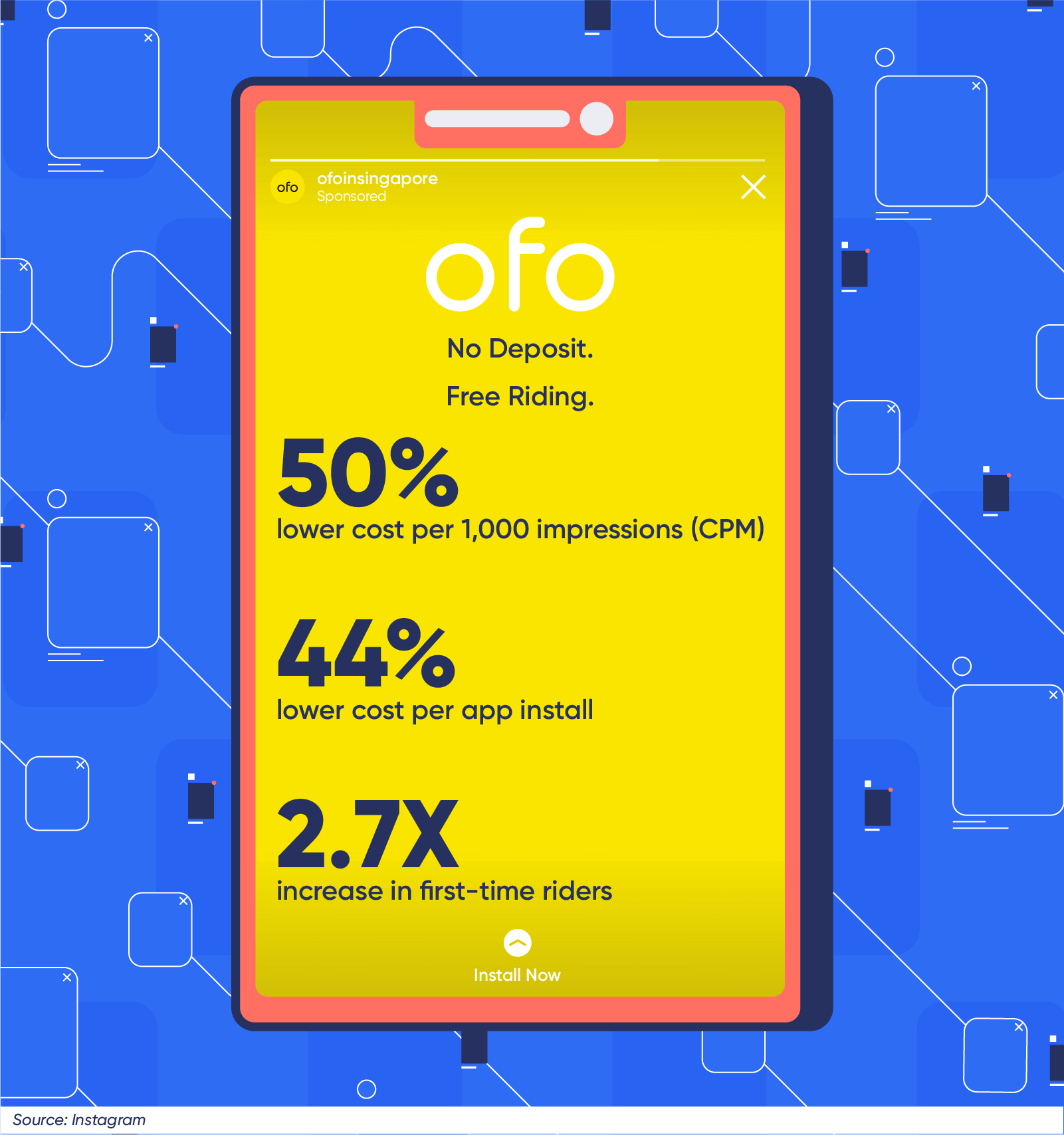Ads. A way for businesses to alert consumers that there is an “easy solution” to the problem they may or may not know they have.
With the mobile landscape more personal than ever, mobile ads have an even greater opportunity to deliver the content that users crave.
But instead, most consumers are doing everything they can to avoid mobile ads — with viewers spending 22% of the time looking for a way to close interstitial ads instead of actually watching them.1
If mobile ads are there to help users, why are they so despised?
It’s because so many apps get mobile advertising all wrong. They’re either impersonal, loud, or irrelevant to the user. And the most detested mobile ads are the ones that interrupt content the consumer is trying to enjoy, such as pop-up ads, auto-playing video with sound, and interstitial ads.2
Effective mobile advertising could change how consumers view ads — and your brand. In fact, 78% of consumers say they would be happy to receive mobile advertising that is relevant to their interests.3
Social advertising is an unobtrusive way to get your brand in front of millions of users while they’re already browsing for interesting content. With average users spending roughly 2 hours a day on social media,4 it’s a perfect platform to promote your business. Plus, understanding your users and knowing your top acquisition channels can make your social ads not only relevant but actually helpful.
Here are 5 ways to enhance your social ad strategy on mobile so you can ensure you’re targeting the right users in the right way.
Tips for Optimizing Social Ad Campaigns
1. Identify your top acquisition channels
Where are your users coming from? How are they discovering your app? Gaining insight into how users learn about your app can help make key decisions on where to distribute the majority of your ads.
If you already have a solid presence on social media, you’ll want to learn which social media channels are performing the best. A mobile measurement partner (MMP) can be used to connect your users with the ads they interact with, providing insights into what’s working and what isn’t.
2. Test before scaling
We’re not saying find your top acquisition platform and leverage all your ad spending into a single channel. A/B test different channels, creative, and messaging before you start ramping up ad frequency.
Use advanced segmentation to deploy variations of your ad across different groups based on their behaviors, locations, demographics, etc. Discover which messaging and style each group responds best to and refine as needed.
Winning strategies are never stagnant. Once you find what works best for your app, it’s still a best practice to follow the 80/20 rule when scaling.5 Put 80% of your budget toward your winning formula and 20% toward further ad testing.
3. Build special landing pages that promote your value
When a user clicks on your ad, where do they end up? If you’re sending them directly to the App Store, you might find a good number of CTRs are not converting to installs. That’s because although these users are interested, they might not know enough about your app to commit to a download.
To combat this, build landing pages that promote your features and benefits to users who click on the ad. Find out why users love your app and use that to fuel the content on those landing pages.
You could even use segmentation to promote specific features within your app to niche audiences. In the example below, Hulu put out a Facebook ad that promotes their offering of reality tv shows. The ad then takes you to a landing page dedicated to their reality tv category with a clear CTA to start a free trial. 
4. Embrace retargeting
Ads shouldn’t be limited to targeting new users. Ads can also help existing users further engage with your app. Retargeting is a powerful way to boost AOV (Average Order Value) as well as CLV (Customer Lifetime Value).
Targeting lapsed users can remind them why they downloaded your app in the first place. Or circling back on a viewed product can push them to convert.
Amazon does this well by advertising recently viewed items on social media. 
Mobile marketers beware — retargeting ads with products that have already been purchased by the user is just plain sloppy marketing. The last thing you want to do is promote a costly ad campaign that will result in nothing more than an eye-roll from your users. Instead, encourage them to go a step further within your app by asking them to leave a review or recommend the app to a friend.
5. Pursue high-value customers, not just CTRs
While click-through rates (CTRs) help you understand what ads are performing well, they don’t show you the full picture.
By tracking in-app events and learning how your most valuable users are navigating through to conversion, you can acquire more high-value users by replicating your most successful campaigns.
Flows allow you to see the sequence of actions users take once they download your app — along with the percentage of conversions and the average time taken to convert at each step of the journey. This can help you understand what features and benefits to highlight in your ad copy that will attract high-value customers. 
Let’s say you want to compare two ad campaigns for your travel app. Campaign A resulted in 5,000 new users while Campaign B only resulted in 1,000. However, 500 users from Campaign B booked a trip, while only 100 users from Campaign A did the same. Although Campaign B had a lower CTR, it resulted in a higher ROAS (Return on Advertising Spend) and has a better chance of bringing in high-value customers.
Bonus Case Study: Ofo
Ofo, a bike-sharing platform, used ads in Instagram Stories to raise brand awareness overseas and encourage users to download the app.6
The results: 
Time to Evolve Your Social Ad Campaigns
Creative and relevant social ads are far more effective than the irritating and distracting screen takeovers and cringe-worthy ad experiences that characterized the early days of mobile marketing.
By discovering your strongest acquisition channels and using segmentation to deliver relevant content to the right users, your social ads will go from a few quick clicks to a lifetime of user loyalty.

A Marketer’s Guide to Personalizing User Experiences
Subharun Mukherjee 
Heads Cross-Functional Marketing.Expert in SaaS Product Marketing, CX & GTM strategies.
Free Customer Engagement Guides
Join our newsletter for actionable tips and proven strategies to grow your business and engage your customers.















































